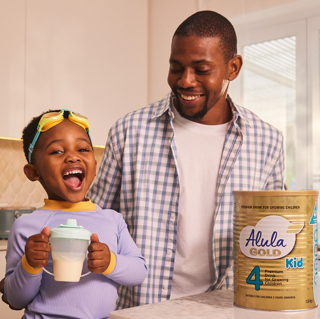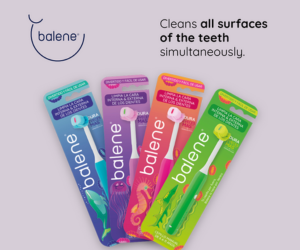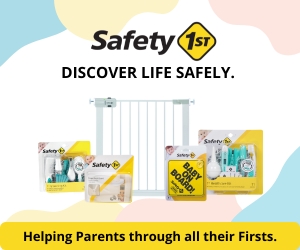If you follow me on social media you would have noticed me going on a lot about face masks recently. It’s very important for the public to know how to use them correctly because otherwise it’s such a wasted effort.
I’ve also emphasised that face masks should not be used in children younger than two years of age and in older kids it can be really tricky to get them to wear them correctly. It’s hard enough getting a child not to touch their face but now we expect them not to touch their masks.
The South African government has now made it law that no one (including kids) can leave their home without a face mask, but there are a few things you need to consider when it comes to face masks in children.
DIFFICULTY BREATHING
It is not recommended that children under the age of two years wear a face mask. This is to prevent unintended suffocation. A mask can make breathing for little children more difficult because their airways are so small. Young children can also not communicate effectively and will not be able to explain to their parents that they are having a hard time breathing.
For children older than two you still need to make sure the face mask does not pose a choking or suffocation hazard. The mask should not make it difficult for the child to breath and the child should always be able to remove their own mask if they are struggling to breathe and unable to communicate this to an adult. This is why the use of masks in children with mental or physical impairment always needs supervision and in fact the use of face masks in all children is best supervised.
CHILDREN TOUCH EVERYTHING
It’s extremely hard for children especially younger ones to not touch their faces to fiddle with their masks. In older kids and adults you should wash your hands the moment you touch your mask by mistake but in younger children this may be difficult to enforce. Again, this is why supervision whilst your child wears a mask is important.
ONE SIZE DOES NOT FIT ALL
Children should wear child sized masks and even then some may still be too big. There is little point making your child wear a face mask if it does not fit properly. Face masks are supposed to prevent respiratory droplets being sprayed into the air when someone coughs or sneezes. If the mask fits poorly these droplets will escape through all the open gaps.
SNOTTY NOSES
Keep your eye on the mask. Children drool, spit and more often than not have a snotty nose. This will only make fabric masks wet and a wet mask is a dirty mask. If the mask starts to get damp you should replace it.
HOW DO YOU ACTUALLY GET YOUR CHILD TO WEAR A FACE MASK?
1. Be Honest
Being honest and open with your child about why they need to wear a face mask plays a big part in whether or not they will wear one. Keep is age appropriate and simple. Use this opportunity to teach about empathy and how wearing a mask can help other people.
2. Make it Fun
Let your kids choose their own masks or turn the masks into a costume or their favourite character. Make the mask fun for them to wear even if you need to paint your own nose and whiskers on the front.
3. Make a Mask for Teddy
You child may be more inclined to wear their mask if their favourite stuffed toy or dolly is also wearing one.
4. Practice, Practice and more Practice
Have your child practice wearing the mask at home. Have them wear it for 5 minutes first and slowly increase the time intervals.
5. Games and Bribes
A really simple game could be to lose a point every time someone touches his or her mask. Whoever still has all their points after a certain time then wins the game and a prize. If simple bribery works for you then why not just offer your child something in return for them not touching their mask on an outing.
HOW TO PUT ON AND TAKE OFF YOUR CHILDS FACE MASK
If your child is over two years old and otherwise healthy, it is probably safe for them to wear a face mask when they leave the house. It’s always a good idea for an adult to put on and remove the face mask, even in older children. I put together a short(ish) video (https://www.instagram.com/tv/B_evpajpf2-/?utm_source=ig_web_copy_link) explaining how to do this but here are a few important steps to remember when it comes to your kids:
- Make sure the mask has been washed before use.
- Explain to your child that it’s now time to wear the mask and remind them they should not touch it once it’s on, and they should also not take it off without asking first.
- Wash your hands thoroughly before and after putting on the mask. Your child should also wash his or her hands before and after.
- Make sure the mask is comfortable on your child’s face before you leave your home.
- Before removing the mask wash your hands and have your child do the same.
- Remove mask and place immediately into the washing machine or a plastic bag until you get to a washing machine. Fabric face masks should not be worn a second time until they have been washed.
- Your child can now wash their hands again as well as their faces.
It’s important to remember that face masks do not replace physical distancing. The best thing you can do for your kids is keep them at home as much as possible if you are able to. Parents need to focus more on social distancing, hand and respiratory hygiene.















Leave a Reply